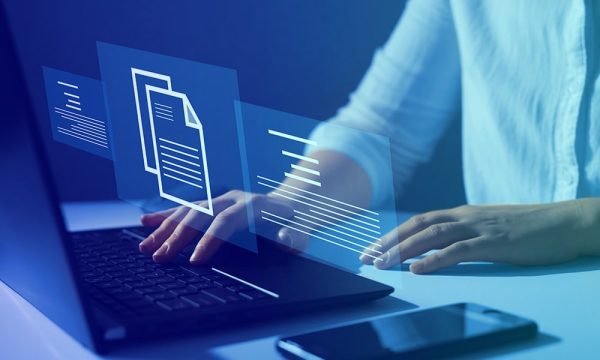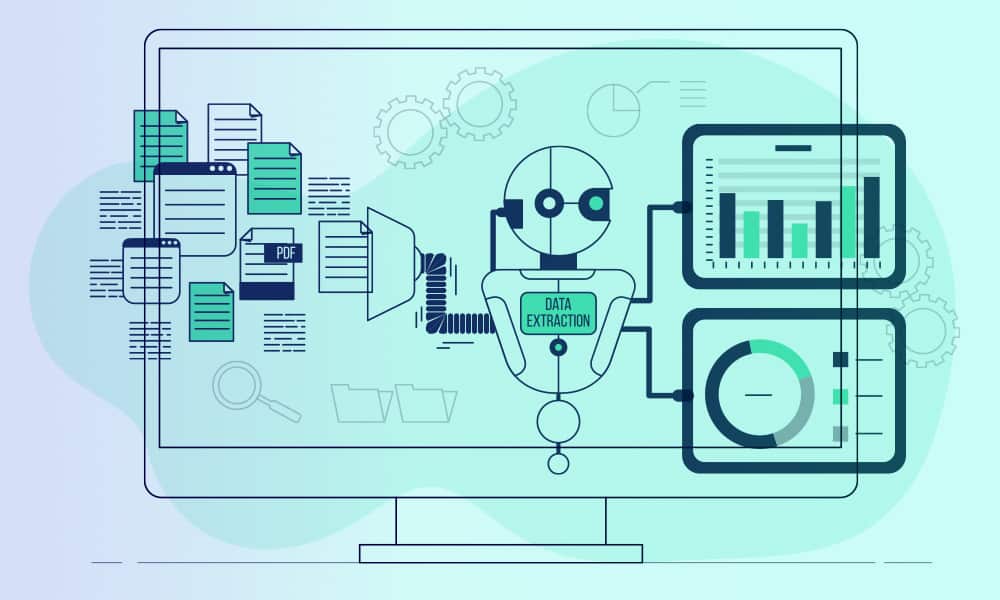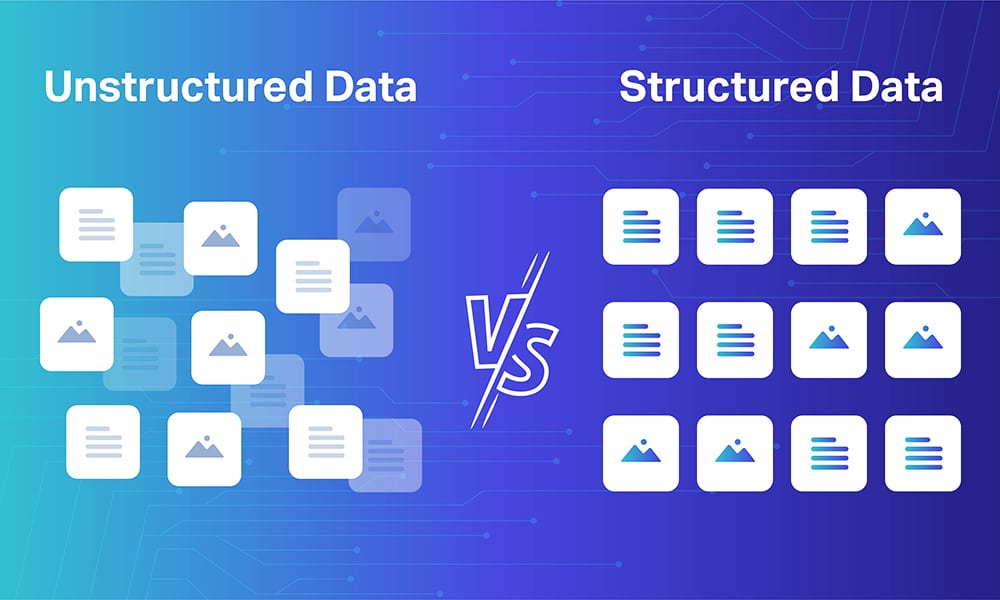Going paperless is a vital phase in digital transformation. Companies benefit from reducing dependence on paper and using digital mediums to share information, make notes, create invoices, and much more. One key technology helping everyone with document digitization is OCR or Optical Character Recognition.
The OCR technology makes it possible to convert content from images to text, making the digitization process easier and faster. The combination of OCR and artificial intelligence is now automating the paperless work and automating the digitization process.
What is OCR Technology and How it Works?
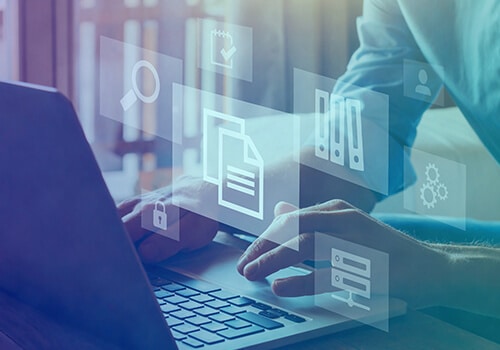
The OCR conversion process begins with image acquisition, where the scanner gets an image and converts it into binary data. The scanner will classify the light areas as the background of the image and the dark areas as text.
It will then clean the image and remove any errors to improve reading. Cleaning techniques used include:
- Deskewing
- Despeckling
- Boxes removal
- Script recognition
Then, with one of the two applicable algorithms, Pattern Matching, and Feature Matching, the image will get its penultimate shape and content. Pattern matching includes matching every character (called a glyph) with the store glyphs to regenerate the image in its digital version.
Role of OCR in Documents Digitization
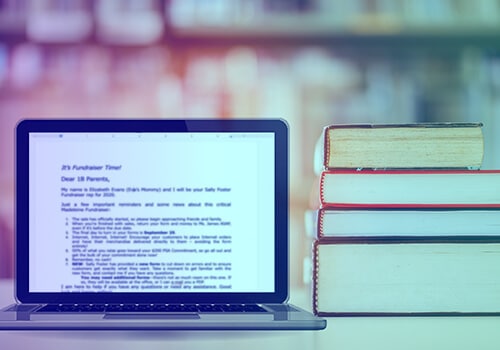
OCR is one of the technologies that can eliminate the tedious process of manual data entry and digitization. Here’s how OCRs help speed up the document digitization process:
- A built-in spell checker will flag all errors and doubts in the image before converting it into a readable format. Different programs have different spell-check systems and databases; choose the one that can facilitate quick error correction.
- The OCR program scanning the paper document will run a comprehensive analysis.
- It can also spell-check every sentence using the functionalities of MS Word. It will simultaneously add new and complex scientific terms to its dictionary for further relevance.
[Also Read: OCR Infographic – Definition, Benefits, Challenges, and Use Cases]
Moving on, an OCR program has an in-built system to optimize media data and information. It can improve the quality by optimizing the media with higher clarity and visibility.
Generally, in an OCR program, the black and white line images are in art mode, and they are saved in GIF and PNG format. However, the black and white photographs are saved in GIF or JPEG format, and color photographs are saved in JPEG format. Companies need to set up the OCR infrastructure to avail the benefits of this technology.
Benefits of OCR for Document Digitization
The OCR process allows businesses to digitize all the paperwork related to their operations and services. With digitized documents, companies can benefit from higher security, accessibility, and accuracy.
Saves Space
1 MB of drive can store 500 pages of printed text. Where businesses have heaps of paper, imagine the space they can save by digitizing with OCR.
Higher Security
Paper-based documents can be accessed by anyone, but digitized documents can be protected with a password. Moreover, we can check the log files to know who accessed a particular document.
Ease of Access
Digitized documents can be accessed by anyone from anywhere in the world. Those with access can also search for the required documents, as the digitized documents are stored on a central server.
Cost-Savings
The cost of storing, handling, and preserving physical documents is higher than digitizing them. Digitized versions of documents won’t fade away or rot. However, digital documents can be hacked or are prone to cyber theft, but for that, we do have adept security measures.
Merger of OCR, Deep Learning, and AI in Document Digitization
When integrated with deep learning systems, the OCR process will gain further momentum. Deep learning mechanisms can help extract structured and unstructured data from images with higher efficiency and accuracy.
Plus, it can automate the digitization process, reducing the error potential that comes with humans digitizing each document. There are machine learning tools and services that we can use to automate text extraction at high speeds and of multiple layouts.
Within these OCR programs are now image recognition tools, which speed up the process of identifying and annotating the images.
All this work is completed through a single solution, integrated into the OCR solution, or as an in-built feature.
[Also Read: 22 Best Open-source OCR & Handwriting Datasets to Train your ML models]
Conclusion
Optical Character Recognition (OCR) is making new strides in the industry, facilitating an easy transition from physical to digital documentation. With a wide variety of tools available, choose the ones that have all the features and functions you require for easy document digitization.
With Shaip’s OCR, enabled with Machine Learning services, you will receive high-quality data from intelligent tools and services. We convert text data into a machine-readable format and extract all the information you need for a smooth digital transformation process.
